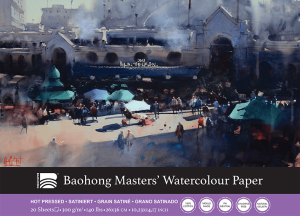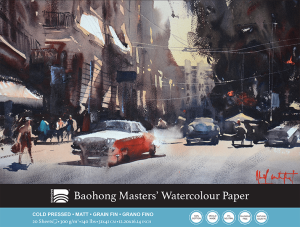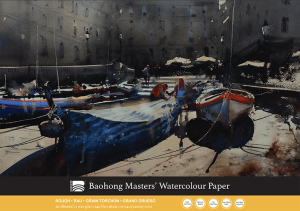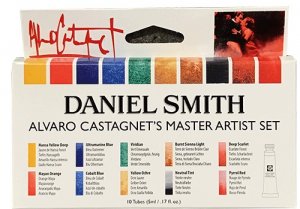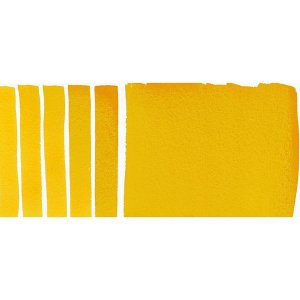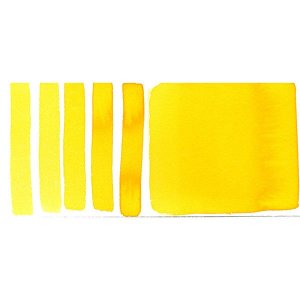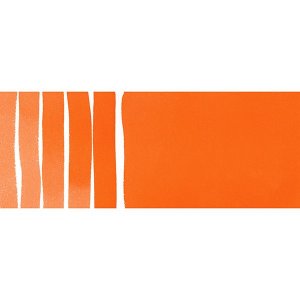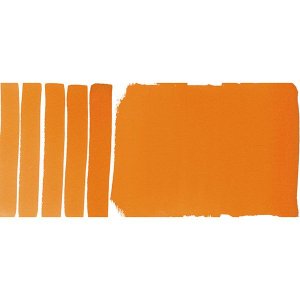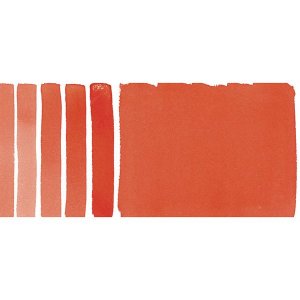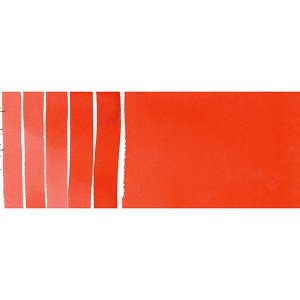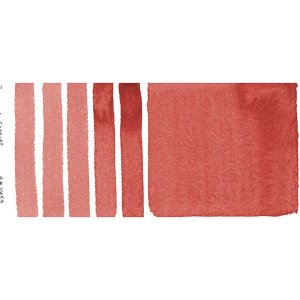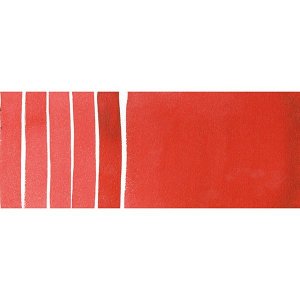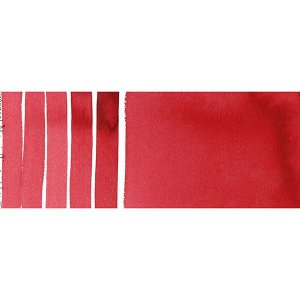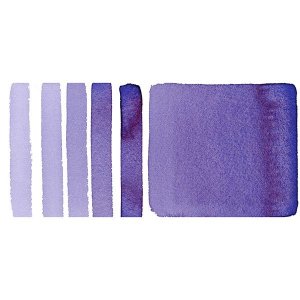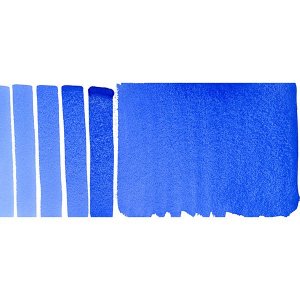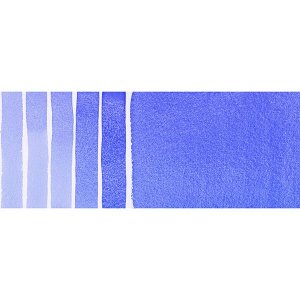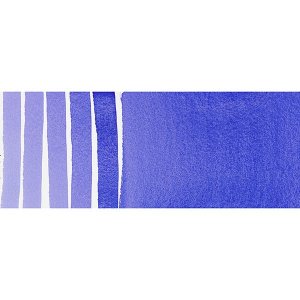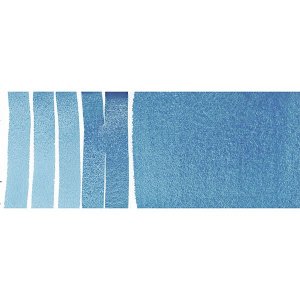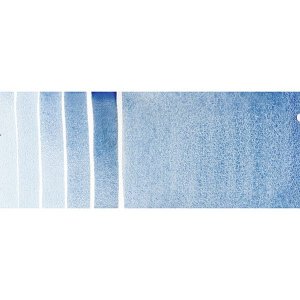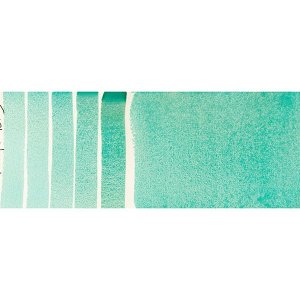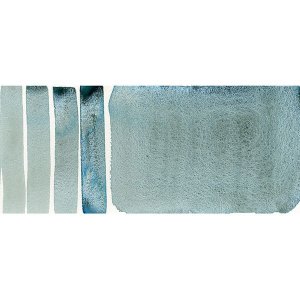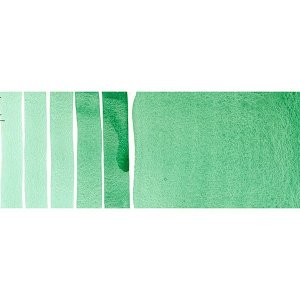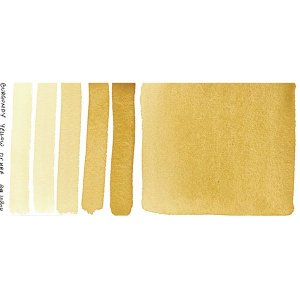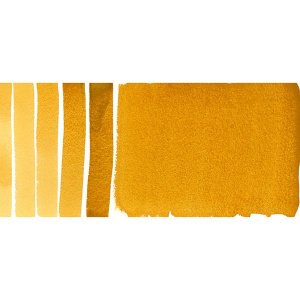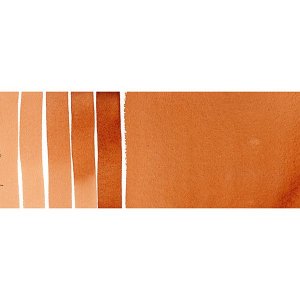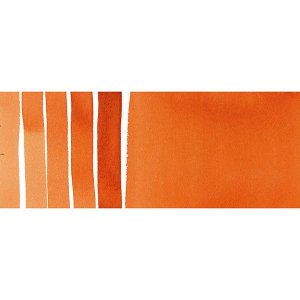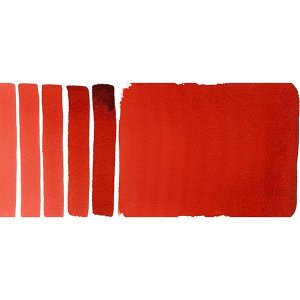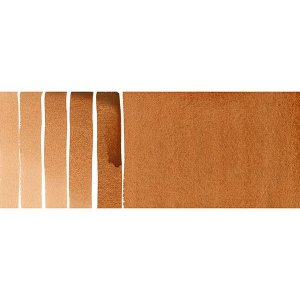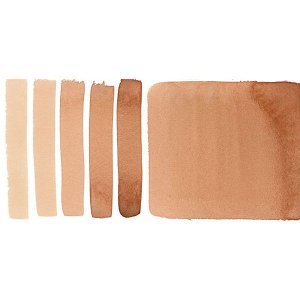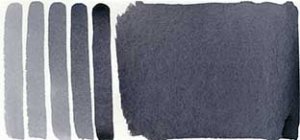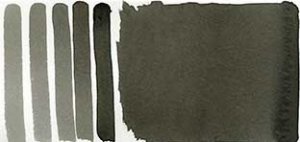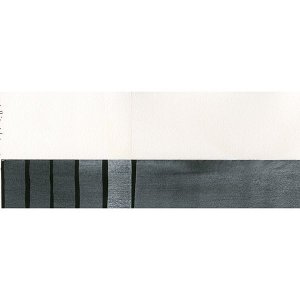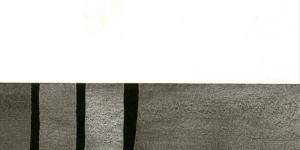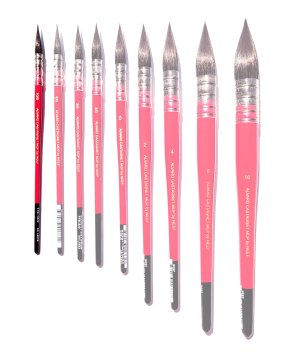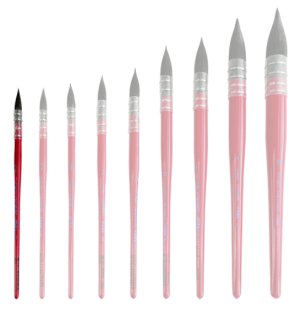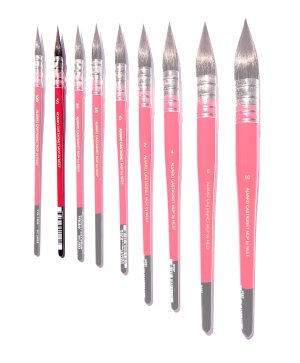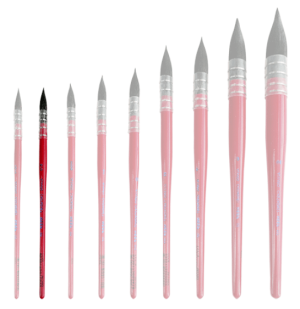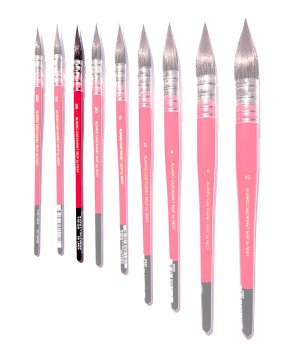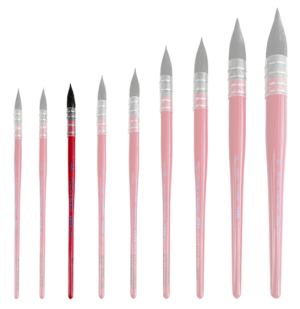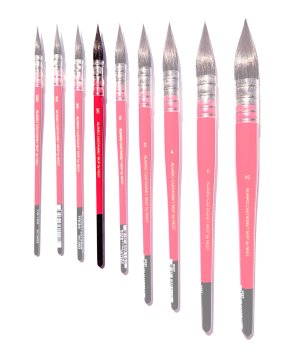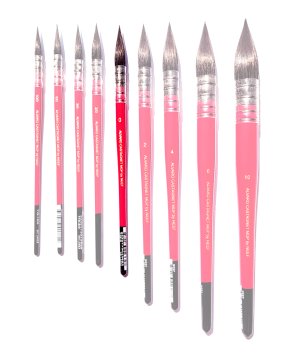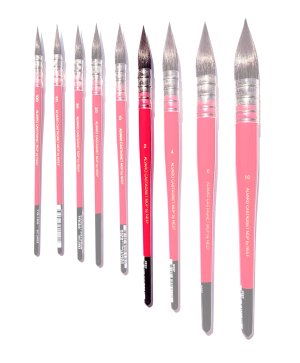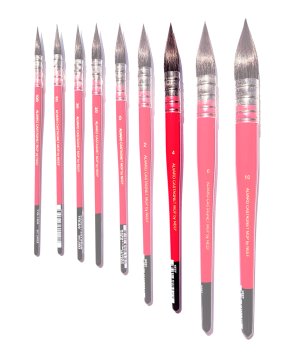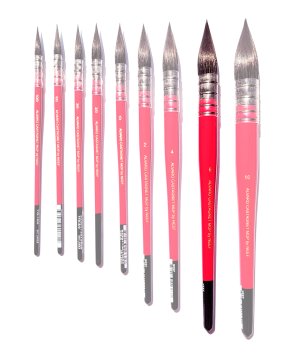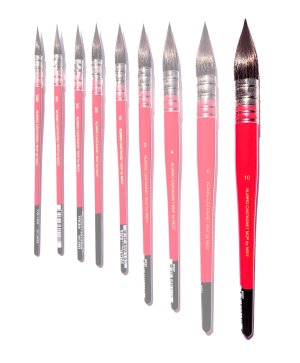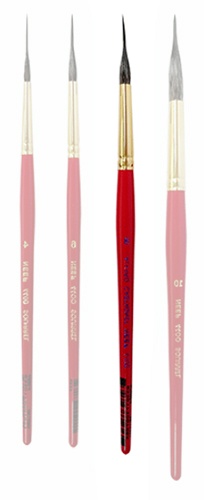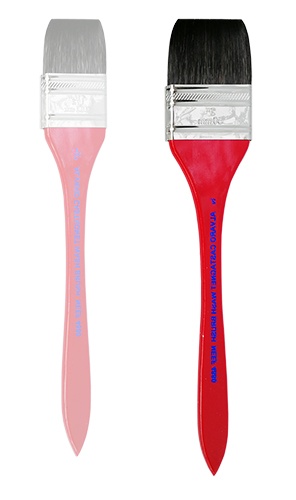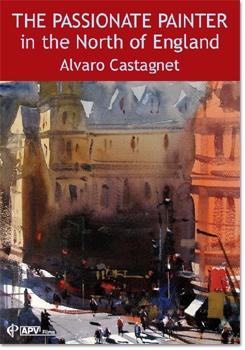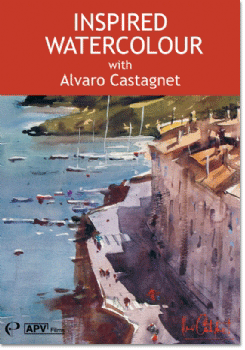Alvaro Castagnet
Alvaro Castagnet: Sharing a Passion for Red! ALVARO CASTAGNET is an internationally renowned master watercolorist. Recognized with top honors in major art competitions worldwide, he is a member of prestigious watercolor societies including AWS, AWI and ACUA, and an honorary member of OWS. He often contributes to international art publications and his latest book Painting with Passion—Beyond Technique is a bestseller. Alvaro travels the world demonstrating, lecturing, attending his exhibitions and judging art competitions. His paintings are found in many private and corporate collections.
New Painting with Tips for creating your own Flamboyant Color!
DANIEL SMITH reds are just fantastic, luxurious, with great body, strong pigment, and excellent chromatic brilliancy and they don't overtake the mixture. I've found them inspiring, and so, I used them in "ROJO", the painting included here today.
We as artists are faced with a huge array of colors choices, in a state of rawness, so it requires a deep knowledge of how colors function in order to achieve stunning beauty when graying (breaking) down hues for the purpose of acquiring those marvelous subtle colors.
So, for instance, in "ROJO", I used a mixture of Pyrrol Red , and Mayan Orange. I "broke down" a red, to make it more vibrant, as I wanted the message in this painting to be "The Color". Passion and Color go hand in hand. Color can influence mood, suggest atmosphere, lift the spirits and enhance creativity. Color can be very powerful. It should not surprise you then that color has always been a major influence on my interpretation of subject matter.
To me, it is very important to paint with broken hues, coordinating them, throughout the painting with the up-most sense of familiarity and cohesion so then, your paintings will have a sense of harmony.
A harmonic palette, for any given painting, requires sensibility and talent in recognizing the hues that by the act of breaking them up we are able to conquer that kind of mood we are striving for.
It is important to know that there are colors that are sedimentary and colors that are opaque. To manipulate sedimentary colors, the best way to exploit them, is by first; have the right ratio water/pigment in the brush, paint at once, and make sure that the mixture is watery enough that by tilting the board, the wash runs downhill and the heavy component, or powder of the sedimentary color as the water travels across the paper, stays on the valleys of the textured paper and creates not only a sedimentary effect, but also, glowing and interesting at the same time.
Another per-requisite is not going over and over the wash, because then you "kill" the sedimentary effect. It is indispensable to leave the wash alone, without overlapping brushstrokes to avoid dull and flat washes.
I believe you should always buy the best possible art materials you can afford, as painting watercolors is hard enough, so, if you can have a bit of help by using good materials, then, why deny yourself? 
Visit his website at: Alvaro Castagnet: Passion with Waterolours

